Well, that hurt, Apple. During the company’s event where they revealed the 4-inch iPhone SE and the new 9.7-inch iPad Pro, the company talked about iOS 9.3 and the great adoption rate they have — over 80%, apparently.
Of course, they couldn’t help but to put that into perspective, and what better way to do that than to call out their biggest competition, Android. They hit a sore spot for Google and pointed out that Android 6.0 Marshmallow is only on 2% of devices at the moment despite being introduced right around the same time as iOS 9.
And that’s true. And it’s sad. And we hope it’s something that will change as Android continues to grow and mature.
What Apple failed to mention, though, is that the Android ecosystem is unique. There are many different devices from many different companies on many different carriers in many different countries, and it takes time for OEMs to develop, customize, and test updates. And even for those who deliver the updates in timely fashion, we’re at the mercy of carriers who have lengthy testing and certification processes which delay the updates much longer than the OEMs’ wishes.
But uniqueness is not always 100% synonymous with great, and even for those OEMs who deliver the updates in timely fashion, we’re at the mercy of carriers who have lengthy testing and certification processes which delay the updates much longer than the OEMs can anticipate (and honestly, there isn’t much they can do about it right now).
Apple, on the other hand, has the advantage of controlling 100% of the hardware AND software. They only have to make updates for a handful of devices, and they can update them all as soon as the goods are ready, seemingly without having to fall victim to carrier shenanigans.
Let’s also not forget that not all upgrades are considered equal when it comes to iOS devices. Some older devices technically get updated, sure, but they don’t always have all the same features. I recall the introduction of Siri in the iPhone 4S and iOS 5 as one of the biggest features Apple chose to push. iOS 5 made its way to older devices, but guess who didn’t? Goodbye, Siri.
And there are multiple examples just like that when it comes to Apple’s updates (we’ve truncated hardware-dependent features):
iOS 9 adds quite a few items to the list of things you don’t get if you stick with the iPad 2, though a lot of the new features do make it over intact—this isn’t a complete list, but it’s a highlight reel of the hardware and software features brought to newer iPads.
- Split View, Slide Over, and Picture-in-Picture multitasking.
- The new Spotlight screen, predictive Siri, and third-party Spotlight search.
- Public transit directions for Maps.
- Apple Health
- Handoff features in Continuity
On the other hand, slow updates don’t mean Android users aren’t getting new features. We’re missing out on OS-level goods like Doze Mode and fingerprint support, sure, but we also get many new things to play with through various Google Play Services updates in the meantime.
So yes, while Android’s OS adoption rate is staggeringly more slow than Apple’s, there are many things that factor into both Google’s inability and Apple’s innate ability to provide timely updates to a wide range of people. Can things change? We sure hope so, but the fact of the matter is Apple is always going to have the upper hand in this area, and they’re going to use every opportunity they can to remind us of that.


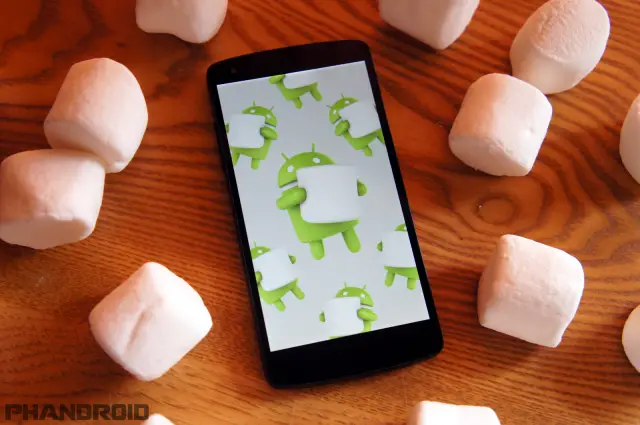
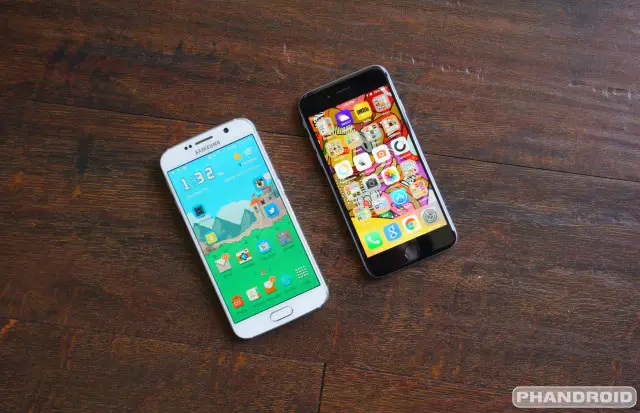




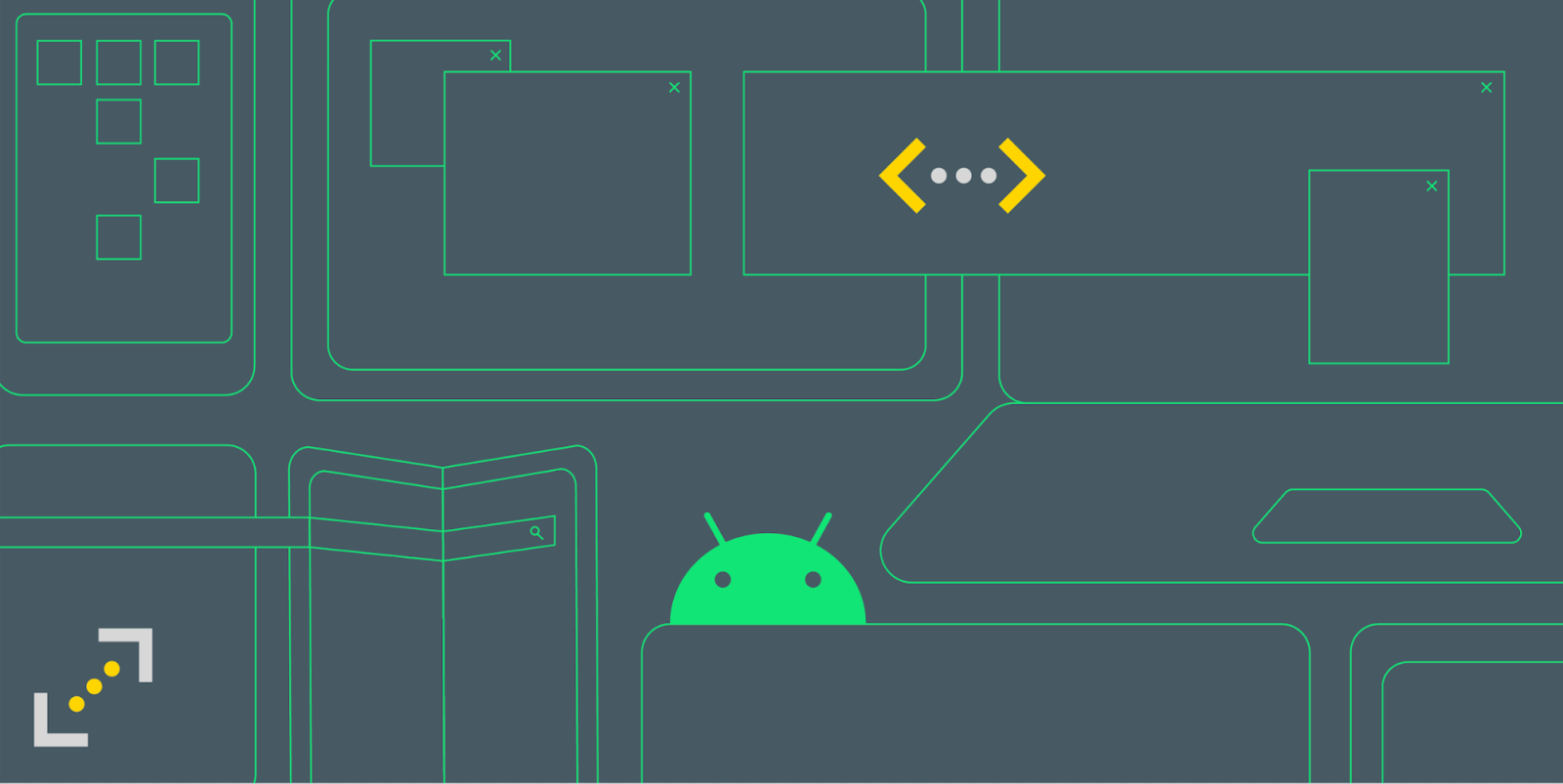

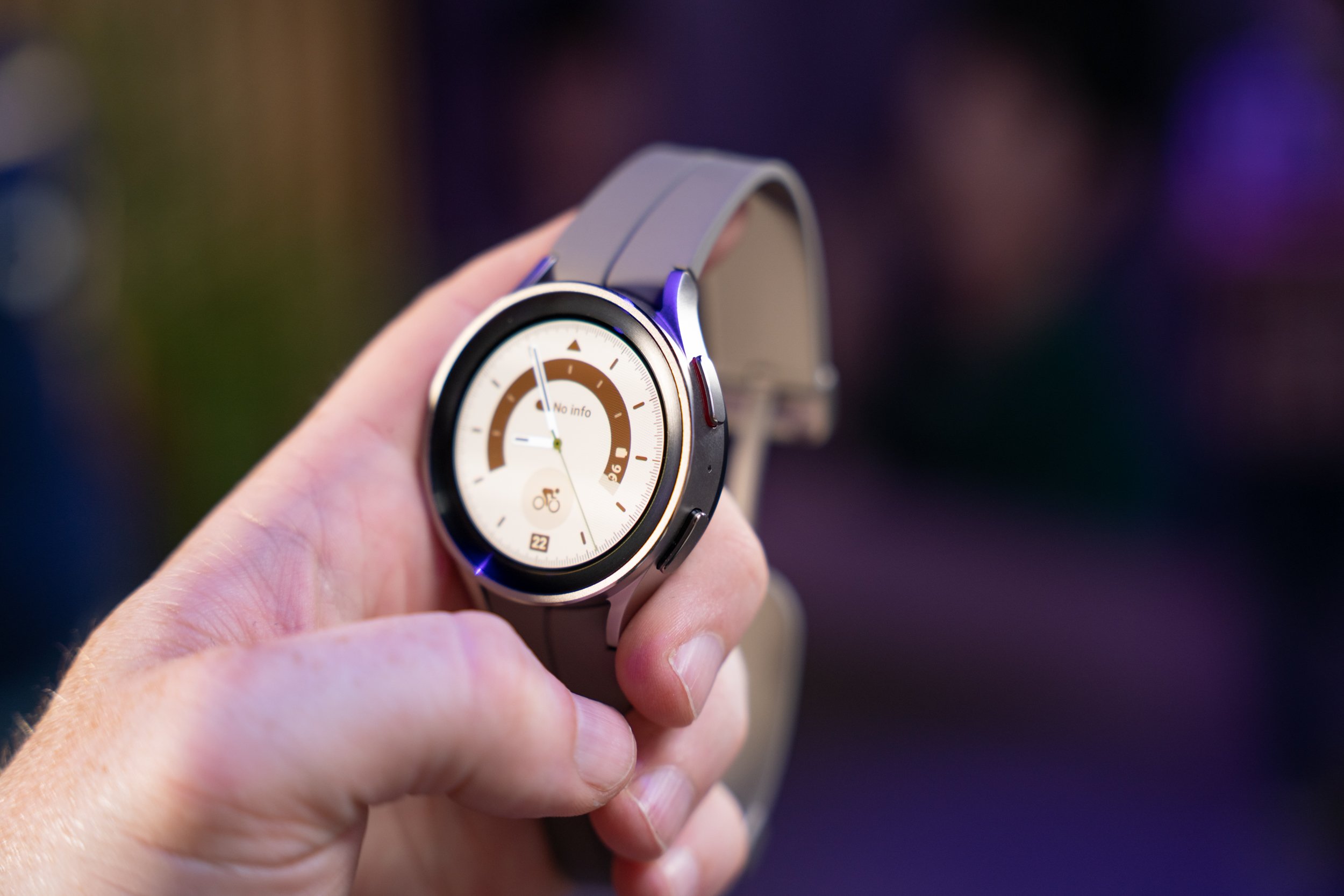
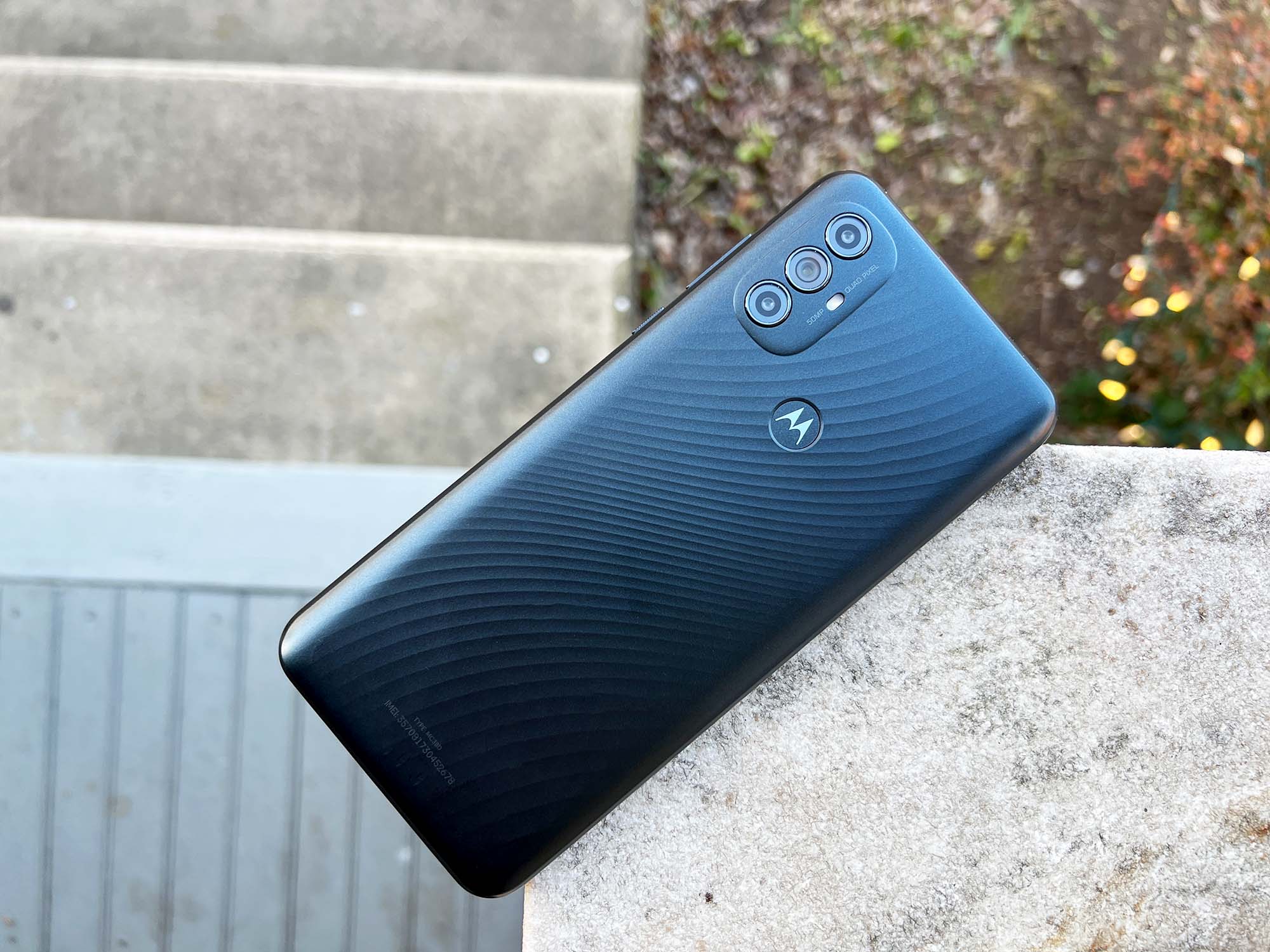
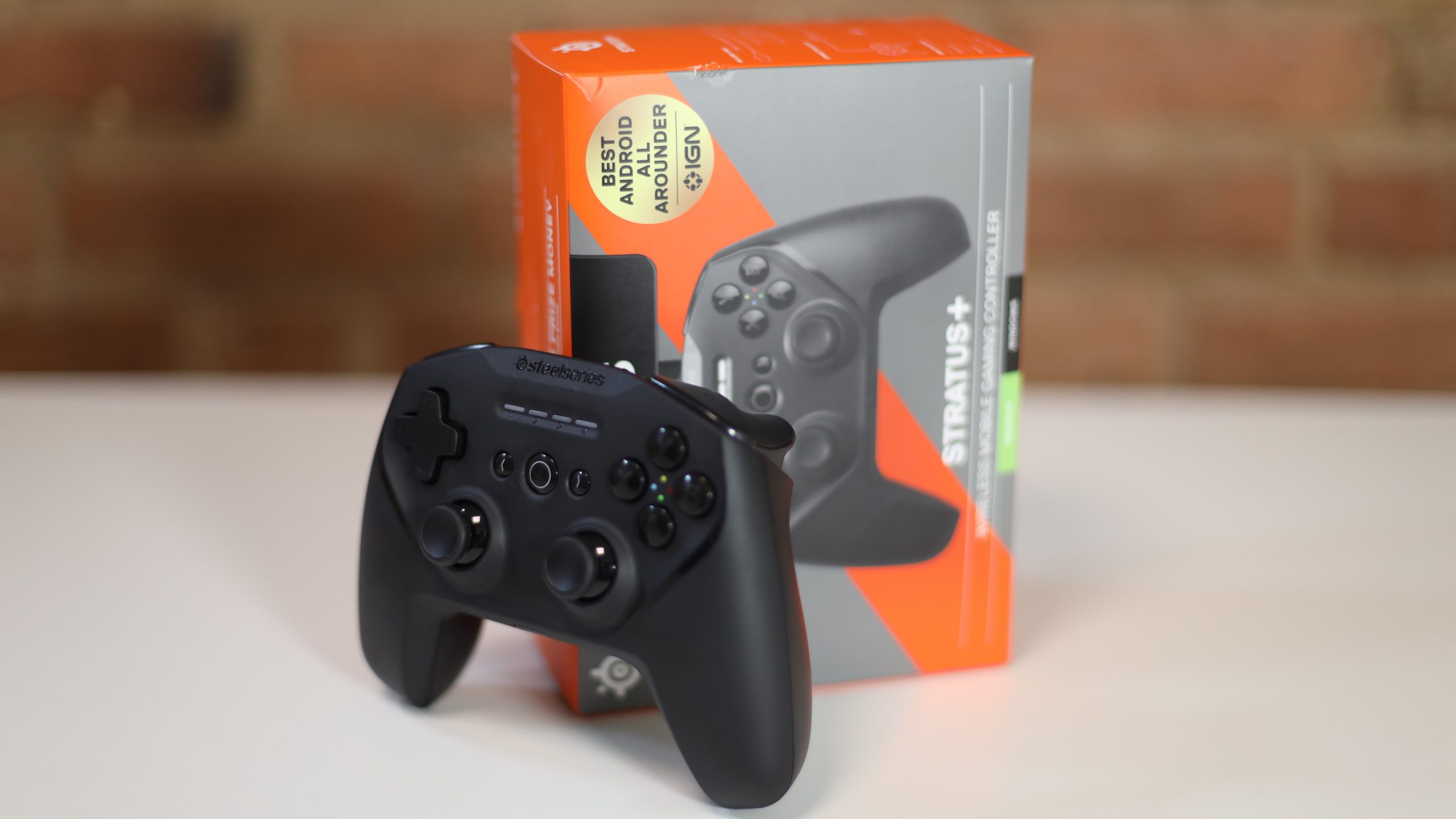

Comments